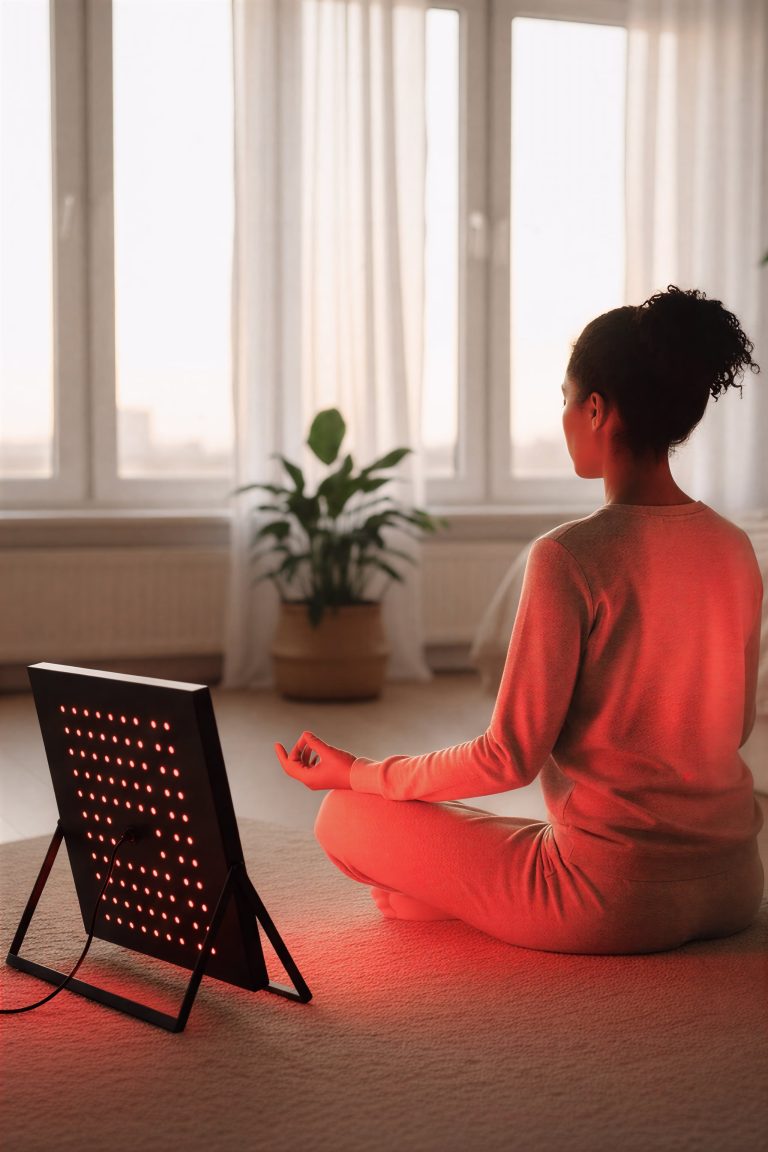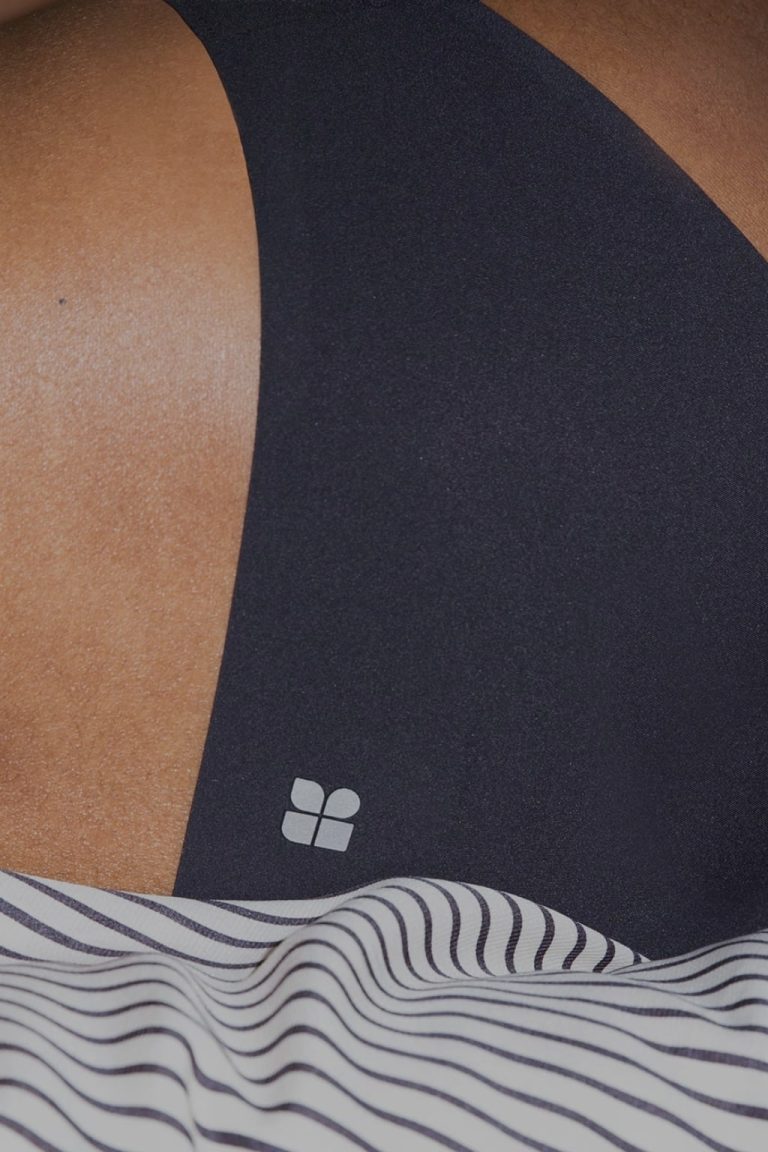The neuroscience of intuition
Intuition is often described as a feeling, a hunch, or a quiet sense that something is right or wrong. In reality, intuition is a fast form of cognition. It is the brain’s ability to recognise patterns, make predictions, and generate insights before the conscious mind has finished analysing the data. What feels mysterious is simply the brain working with speed.
Modern neuroscience shows that intuition is neither irrational nor mystical. It is a measurable cognitive process shaped by experience, emotional regulation, and the ability to detect subtle cues in the environment. When the nervous system is stable, intuition becomes clearer. When the body is dysregulated, intuition becomes distorted by stress.
Intuition as rapid pattern recognition
The brain is constantly processing information below conscious awareness. Research from the Max Planck Institute shows that the brain often makes decisions several seconds before the conscious mind becomes aware of them. This is not impulsivity. It is pattern recognition operating at high speed.
Intuition emerges from this process. The brain draws on stored memories, emotional associations, and previous outcomes to produce a fast judgement. The more experience a person has, the more accurate this intuitive judgement becomes.
Try this
- Notice when your first impression turns out to be correct.
- Pay attention to physical cues such as tension or ease.
- Compare intuitive reactions to outcomes over time.
The role of the insula
The insula is the part of the brain responsible for interoception, the awareness of internal states such as heartbeat, breath, and emotional shifts. Studies published in Nature Reviews Neuroscience show that people with strong interoceptive awareness have stronger intuitive accuracy.
This is because intuition relies on the brain detecting micro signals from the body. A shift in heartbeat, a change in temperature, or subtle muscular tension can signal that something feels right or off. The insula translates these cues into intuitive insight.
Try this
- Practise noticing physical sensations before making decisions.
- Use slow breathing to increase interoceptive clarity.
- Track moments when your body reacted before your mind understood why.
The prefrontal cortex and intuitive logic
Intuition is not opposed to logic. It works alongside it. The prefrontal cortex integrates emotional signals, environmental patterns, and previous outcomes to generate predictions.
Research from the University of Iowa shows that intuitive decision making relies on the brain mapping emotional outcomes to past experiences. This is known as the somatic marker hypothesis. The brain uses physical sensations as shortcuts, allowing fast decisions without conscious analysis.
Try this
- Notice when a decision feels heavy versus when it feels immediate.
- Use intuitive reactions as data, not conclusions.
- Combine intuition with small logical checks.
Nervous system regulation and intuitive accuracy
Intuition weakens when the nervous system is dysregulated. High sympathetic activation amplifies fear based responses, which can feel like intuition but are actually stress signals.
Studies in affective neuroscience show that anxiety reduces intuitive accuracy by creating noise in the brain’s pattern recognition system. In contrast, calmer states increase access to subtle cues and improve predictive accuracy.
Try this
- Practise slow nasal breathing before making a decision.
- Notice whether intuition feels grounded or reactive.
- Use regulation techniques to create clarity.
Emotional memory and intuitive signalling
The brain stores emotional memories more strongly than neutral ones. These memories influence intuition by shaping how the brain predicts outcomes.
Research from the University of Cambridge shows that emotional memories activate faster than conscious recall. When something feels familiar or risky, intuition signals before you consciously understand the reason.
Try this
- Reflect on strong emotional memories and how they shape decisions.
- Notice when an emotional association feels outdated.
- Reassess intuitive cues that come from old patterns rather than current reality.
Experience and intuitive precision
Intuition strengthens through exposure and repetition. Experts in any field develop strong intuition because their brain has learned to recognise patterns quickly and accurately.
Studies on medical decision making show that experienced clinicians often make faster and equally accurate decisions compared to slower analytical processes. Their intuition is informed by thousands of previous patterns.
Try this
- Build intuition through deliberate practice in your field.
- Track decisions and review outcomes.
- Notice which intuitive cues repeatedly prove accurate.
When intuition becomes unreliable
Intuition is powerful but not infallible. It becomes unreliable when:
- stress is high
- sleep is poor
- emotional triggers are activated
- trauma based responses feel like instinct
Research in cognitive psychology shows that when the amygdala is activated, intuitive accuracy drops because fear overrides pattern recognition.
Try this
- Pause when intuition feels loud or urgent.
- Separate genuine cues from emotional residue.
- Use grounding practices before major decisions.
Building an intuitive practice
Strengthening intuition is less about believing in it and more about training the conditions that make it accurate.
Try this
- Create moments of quiet throughout the day.
- Strengthen interoception through breath work and stillness.
- Use reflection to track intuitive outcomes.
- Reduce overstimulation to allow subtle cues to surface.
Final thoughts
Intuition is a cognitive skill shaped by experience, emotional awareness, and the ability to detect subtle internal cues. It becomes sharper when the nervous system is regulated and when the mind has enough stillness to notice patterns. When you understand the neuroscience behind intuition, it becomes less mysterious and more reliable. The goal is not to guess. It is to recognise what your brain already knows.






